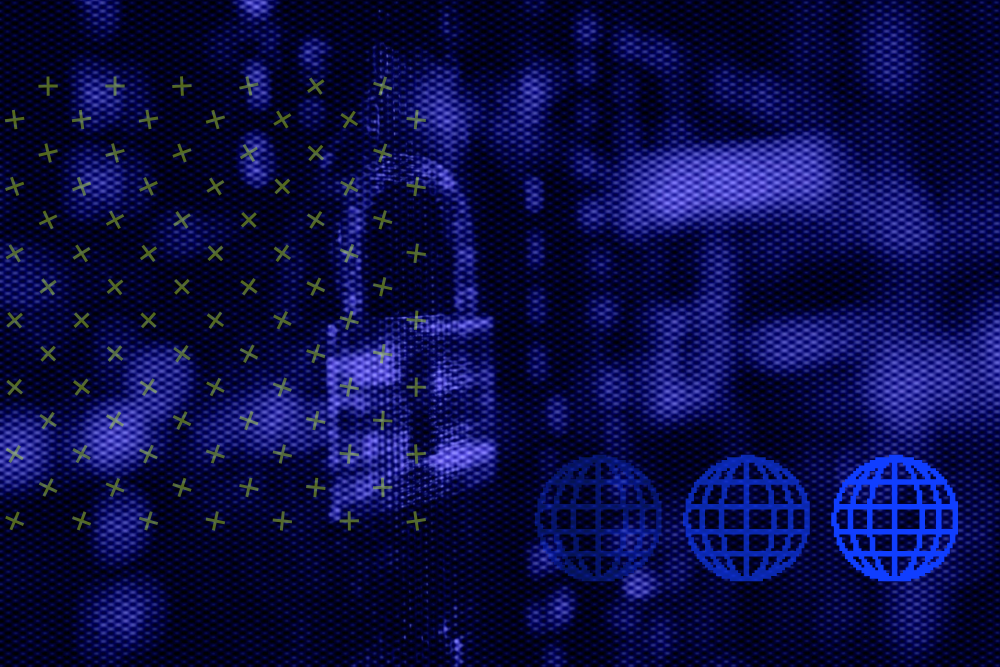Cyber-attacks used to be simple. In the 1990s, you'd get an annoying virus, run some antivirus software, and move on. The 2000s brought phishing scams; remember those "Nigerian prince" emails? People fell for them. This proved that humans are the weakest link in security. The 2010s saw advanced persistent threats (APTs). These were nation-state attacks targeting infrastructure and big companies. Attackers would spend months inside a network, slowly gathering credentials and sensitive data. Around 2015, ransomware exploded.
Today, the stakes are much higher with more complex threats like AI-powered attacks, deepfakes, and threats against critical infrastructure. Email is still the easiest way in, yet most businesses don’t have the right protection in place. In this guide, we’ll break down why email attacks keep growing, what modern threats look like, and what you can do right now to keep your business safe.
Why Email Remains the Top Attack Vector
Email attacks hit your business every day. According to Barracuda’s 2025 Email Threat Report, one in four email messages today is either malicious or unwanted spam, and one out of every ten email links is considered questionable. To make matters worse, nearly four out of every ten mailboxes are not implementing any measures to prevent spoofed emails.
Fortunately, companies today have better monitoring and endpoint detection tools, so technical attacks like SQL injection and cross-site scripting are becoming less common. Human-based attacks are becoming more popular, however. Why? It's the path of least resistance. An attacker would rather send spam emails to dozens of employees simultaneously, hoping one person clicks, than attempt to hack a website. The email route is much easier.
Types of Email Threats
Basic threats, like spam and malware, continue to account for the majority of attacks, while spear phishing succeeds about 50% of the time. These are carefully researched attacks. Bad actors study your company website, social media, and news announcements. They know when you hire new people or announce mergers. They use this information to craft believable emails.
What these attacks look like in practice:
Employee Impersonation: An email from "Jack" using a Gmail address asking for a direct deposit change. Plain text, no links, nothing obviously malicious. But Jack normally uses his work email, not Gmail.
Conversation Hijacking: You're communicating with a vendor about an invoice. The attacker registers a domain that looks almost identical to your vendor's domain: "geton.com" instead of "get-on.com". They jump into the conversation and redirect payment to their account.
Domain Spoofing: Someone creates a fake domain that looks like yours and sends emails pretending to be your company. DMARC policies help prevent this by instructing email servers on how to handle unauthorized emails using your domain.
The New Threat: AI and Deepfakes
Case in point
In Hong Kong, a finance worker received a video call from his boss and other staff members requesting a $25 million transfer. The deepfakes were so convincing that the employee sent the money. The attackers had studied an ongoing deal and knew enough context to make it believable.
Deepfakes represent a major new threat. These are AI-generated synthetic images and videos that look completely real. A year ago, you could spot them by watching for odd eye movements or robotic gestures. Now, they're nearly impossible to detect.
Why Traditional Email Gateways Aren't Enough
Email gateways have been around for decades. They can handle volume-based attacks well, including spam, malware, and basic phishing. They scan attachments, check links, and prevent sensitive data from leaving your network.
But gateways struggle with targeted social engineering attacks. An employee impersonation email from a Gmail address often looks completely innocent. No malicious links or attachments are included. Just a request for a direct deposit change or some financial information. The gateway sees nothing suspicious and lets it through.
The Solution: AI-Based Inbox Protection
Advanced email protection uses AI to analyze behavior patterns. It integrates directly with Microsoft 365 through APIs. The system learns how your employees normally communicate.
It tracks who they email, when they sign in, what applications they use, and even how they write emails. If someone always signs emails "Jim" but you suddenly see "Jimmy", the system flags it as suspicious.
This happens in real time. The AI analyzes content and patterns to determine if an email is legitimate or suspicious. If it's suspicious, the system removes it from the user's mailbox based on your settings.
Account Takeover Protection
Despite your best security measures, attackers sometimes find a way through. An employee might accidentally approve a malicious MFA prompt or click on a phishing link, unknowingly handing over their credentials to a spoofed website. Once attackers gain legitimate access to that email account, they can monitor internal communications, gather intelligence about current projects, and leverage this insider knowledge to launch increasingly sophisticated attacks.
Account takeover protection monitors for suspicious activity, such as unusual logins from unfamiliar locations or new inbox rules that hide the attacker's activity. When the system detects these behaviors, it alerts you immediately. You can then start the recovery process to secure that account.
Case in Point
The Problem
A financial firm was getting bombarded with fake executive emails. A bad actor compromised employee accounts and somehow gained access to sensitive details about ongoing deals and transactions. Employees were getting five fake CFO emails per day, all requesting urgent money transfers. Despite training employees to check domain names, the volume was overwhelming.
The Solution
Compass implemented DMARC policies and advanced email protection. The sophisticated AI detection immediately recognized the patterns: external domains, pressure tactics, and unusual requests from people who don't normally communicate with them. The attacks stopped almost immediately.
Basic Protection Steps
Train your employees, run phishing simulations, and create internal policies for money transfers. Banks require multiple approvals for large transfers; your business should, too.
Security awareness training is helpful, but you also need technical controls. Start with solid backups. Back up your email systems, networks, and servers. Keep both online and offline copies.
Set up access controls. Never use the same admin credentials for everything. We've seen cases where a single compromised admin account has given attackers access to backups, networks, firewalls, and email systems. Most important: deploy robust email security. This is your front-line defense.
Ask your current IT team these two questions:
- "What advanced threat protection do we have for business email compromise?" You need a solution that goes beyond basic gateway protection.
- "Do we have multi-factor authentication on all remote accounts and admin accounts?" Passwords alone aren't enough.
It's not a matter of if you'll experience a cyberattack; it’s a matter of when. Your IT team needs to stay current on the latest threats and have the right tools in place.

The TL; DR
Email security isn't just about technology; it's about layered defense. Good backups, employee training, access controls, and advanced email protection all work together.
Attackers utilize AI, deepfakes, and increasingly sophisticated social engineering techniques. You need tools that can keep up.
Don't wait until after an attack to take email security seriously. It's not just recovery costs that will hurt your budget. Factor in reputation damage, lost productivity, and regulatory issues, and that number can skyrocket. Invest in proper email security now. Your business depends on it.








